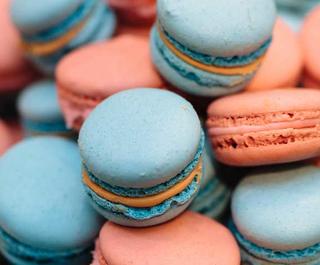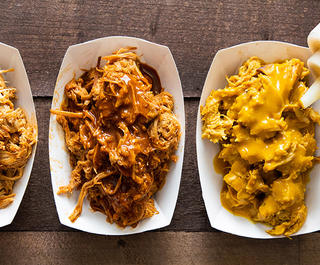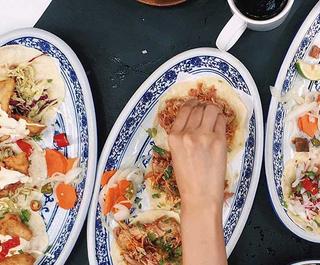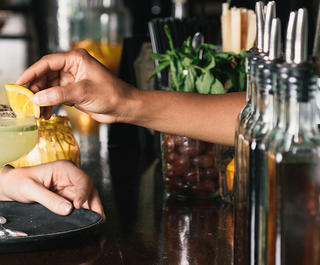
Eating like a local goes hand in hand with life on the road. Whether it's for the sake of experiencing another culture or simply to say you did it, trying new food while travelling opens up a world of weird and wonderful dishes; from obscure delicacies to the downright disgusting. Here's our pick of the most bizarre foods from each of the world's continents.
North America: Jellied Moose Nose
Alaskan tradition says you should let no part of an animal go to waste, which of course has given rise to numerous obscure dishes. Perhaps the weirdest is Jellied Moose Nose. As its name suggests, this dish consists of the meat from a Moose's nose, boiled, and served in a jelly made from the broth.
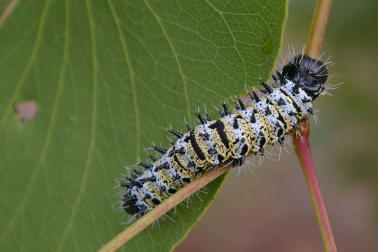 Mopane Worm
Mopane Worm
South America: Hormigas Culonas
This dish's Spanish name is slightly more appealing than its English translation - "ant's ass". People in the Santander region of Colombia cook and eat a specific species of ant, Atta laevigata, known for their unusually large abdomens. These massive ants are roasted, salted, and eaten like nuts.
Africa: Mopane Worms
Mopane Worms are the large and colourful caterpillar of the Emperor Moth. Rich in protein, phosphorus, iron and calcium, these caterpillars are a popular and free source of food for tribes in Botswana, Zimbabwe and South Africa. The bugs' innards are squeezed out and the remaining skin is then boiled and sun-dried to create a chip-like texture.
Europe: La Finanziera Piemontese
This complex dish is one of the rarest and most extravagant in Italy, and is found almost exclusively in Piedmont, during the winter months. It consists of rooster combs, bull testicles, veal brains, veal spinal column marrow and numerous other unusual ingredients, making it an extremely difficult dish not only to cook but even just to source ingredients for.
Asia: Balut
A balut is a boiled fertilised duck egg containing a half-developed duck embryo. As disgusting as this sounds, balut is eaten commonly throughout the Philippines, Vietnam and Cambodia. It is generally sold as a snack by street vendors and is considered to not only be extremely high in protein but also to have an aphrodisiac effect.
Australia: Witchetty Grub
Witchetty Grubs are the large, white larvae of the cossid moth, growing to about 7cm long. This traditional indigenous treat has evolved to become a symbol of Australian culture and patriotism. The delicacy has also been adapted to appear on some restaurant menus throughout the country.
Bon appétit!


